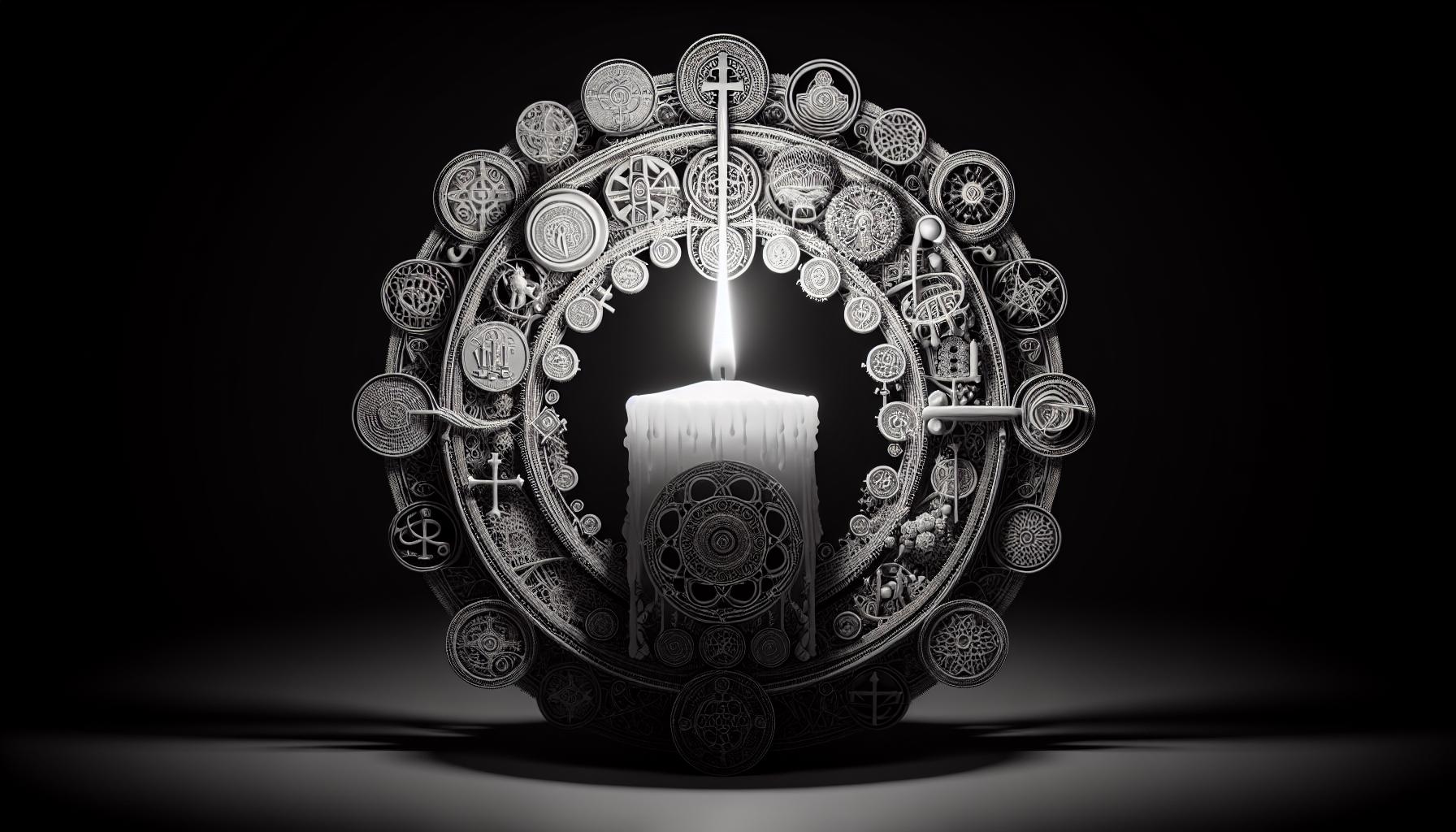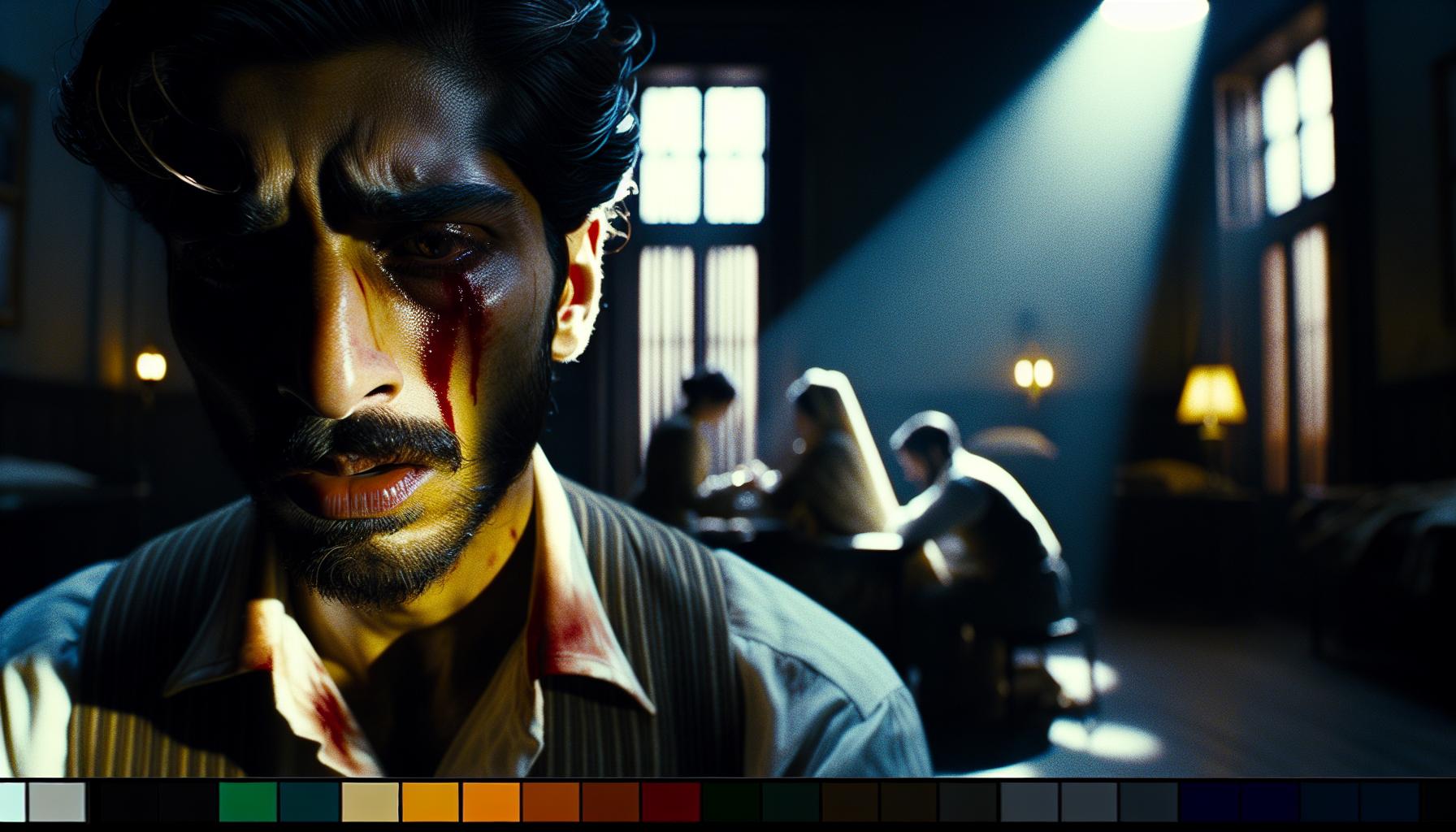Key Takeaways
- Exploration of Belief Systems: “Heretic” challenges viewers to reflect on their own beliefs and the societal norms that influence them through its complex narrative.
- Complex Character Development: The film features multidimensional characters whose internal struggles resonate emotionally, encouraging deeper audience engagement.
- Artistic Cinematography: Striking visuals and expert cinematography enhance the storytelling, creating a profound emotional atmosphere that complements the film’s themes.
- Moral Ambiguity: The narrative presents moral dilemmas that force characters and viewers alike to reconsider their ethical stances and the gray areas of right and wrong.
- Cultural Impact: “Heretic” has sparked important discussions on faith and identity, influencing both filmmakers and audiences to explore nuanced themes in contemporary cinema.
- Educational Relevance: The film serves as a valuable case study in academic settings, highlighting its significance in discussions around ethics, morality, and character development.
In the realm of cinema, few films provoke thought and discussion like Heretic. This haunting tale delves into themes of faith, identity, and the struggle against societal norms, making it a rich subject for analysis. Viewers find themselves questioning not just the characters’ motives but also their own beliefs, creating a profound connection that lingers long after the credits roll.
As audiences grapple with the film’s complex narrative and striking visuals, Heretic stands out as a powerful commentary on the human condition. By exploring the intricate layers of its storytelling, one can uncover deeper meanings and insights that resonate on both personal and universal levels. This article aims to dissect the film’s key elements, revealing how its artistry and themes challenge conventional perspectives and invite viewers to reflect on their own paths.
Heretic Movie Analysis
“Heretic” explores significant themes such as faith, identity, and societal norms through a compelling storyline. The film presents a nuanced portrayal of its characters, urging viewers to reflect on their beliefs and relationships.
Cinematography and the narrative structure combine to create a rich visual and emotional experience. Complex character arcs illustrate internal struggles, allowing for deep audience engagement. The film’s artistic elements provoke critical thought, challenging viewers to confront their perspectives on morality and existence.
Key elements include:
- Complex Characters: Each character displays multidimensional traits, engaging audiences on emotional levels.
- Thought-Provoking Themes: The exploration of faith and identity prompts personal reflection on societal influences.
- Artistic Cinematography: Visual storytelling enhances the narrative and deepens the viewing experience.
- Narrative Depth: Layered storytelling invites repeated viewings and discussions amongst audiences.
The film’s impact lies in its ability to inspire introspection, leading viewers to consider their own beliefs within broader societal contexts.
Themes Explored in Heretic

“Heretic” delves into complex themes that challenge viewers to reflect on their beliefs and societal norms. The film intricately weaves religious symbolism and moral dilemmas throughout its narrative.
Religious Symbolism
Religious symbolism plays a pivotal role in “Heretic,” serving as a backdrop for the characters’ internal conflicts. The film employs various religious icons and motifs that evoke deeper meanings and interpretations. For instance, characters grapple with faith, questioning established doctrines while exploring personal spirituality. The use of sacred imagery juxtaposed with secular elements underscores the tension between devotion and doubt, prompting viewers to contemplate their own understandings of faith.
Morality and Ethics
Morality and ethics emerge as central themes in “Heretic,” driving character actions and decisions. The narrative showcases moral ambiguity, illustrating that right and wrong are often not absolute. Characters face intricate ethical dilemmas, which challenge their principles and force them to reconsider their commitments. This exploration invites viewers to engage with questions about justice, consequence, and the impact of individual choices on their lives and society. Through these moral trials, “Heretic” emphasizes the complexity of human nature and the struggle to define one’s ethical compass in an increasingly volatile world.
Character Analysis

“Heretic” features a diverse cast of characters that embody the film’s complex themes. Each character’s journey invites viewers to delve deeper into the narrative, revealing layers of motivation and conflict.
Protagonist Insights
The protagonist in “Heretic” navigates a turbulent journey of self-discovery and moral questioning. Devoted to exploring faith, their internal struggles often mirror societal expectations. Faced with pivotal choices, the protagonist grapples with the tension between personal belief and communal norms. This journey articulates the complexities of faith, identity, and the pursuit of authenticity, making the protagonist’s evolution central to the film’s message. Through their lens, viewers witness the nuanced interplay between doubt and conviction, prompting reflection on their own spiritual challenges.
Antagonist Dynamics
The antagonist serves as a catalyst for conflict, opposing the protagonist’s quest for truth. Portrayed with depth, the antagonist embodies rigid adherence to dogma. This character challenges the protagonist’s beliefs, reinforcing critical themes of authority and rebellion. Their interactions reveal the moral ambiguities in the film, showcasing that opposition often stems from a place of fear and misunderstanding. The antagonist’s motivations drive the narrative tension, encouraging viewers to reflect on the broader implications of belief, power, and ethical boundaries. This dynamic fosters an engaging exploration of the clash between tradition and personal enlightenment.
Cinematic Techniques

Cinematic techniques in “Heretic” play a crucial role in conveying its themes and emotional depth. These elements include the directorial style as well as the visual and sound design that enhance storytelling and character development.
Directorial Style
Directorial style in “Heretic” exhibits a unique approach that emphasizes character-driven narratives. The director employs a methodical pacing, allowing moments of tension to unfold gradually. This technique draws viewers into the internal struggles of the characters, creating a sense of empathy. Close-up shots capture subtle expressions, revealing emotional complexity and fostering connection. Strategic framing directs attention to significant symbols, reinforcing thematic depth. Dialogue is intentionally sparse, relying on visual storytelling to convey meaning, enhancing the audience’s immersion in the narrative’s moral dilemmas.
Visual and Sound Design
Visual and sound design in “Heretic” significantly contributes to its atmosphere. Cinematography features contrasting light and shadow, symbolizing the tension between faith and doubt. The color palette fluctuates between muted tones and vibrant hues, reflecting characters’ emotional states. Key scenes utilize wide shots to emphasize isolation, while intimate shots underscore personal conflict. Sound design complements visual elements, with an evocative score that underscores pivotal moments. Ambient sound enriches the viewing experience, establishing a sense of place and immersing the audience in characters’ journeys. Together, these techniques create a rich sensory experience, enhancing the film’s exploration of belief and identity.
Cultural Impact of Heretic
“Heretic” has significantly influenced discussions surrounding faith, identity, and societal norms. The film’s thought-provoking themes resonate with audiences, prompting critical dialogues about personal beliefs and collective ideologies. Viewers find themselves reevaluating established traditions and pondering their roles within broader narratives.
The film has sparked a resurgence of interest in existential themes in cinema. Critics and scholars cite “Heretic” as a catalyst for exploring moral ambiguity and the complexities of belief systems. This renewed focus on nuanced storytelling sets a precedent for future filmmakers who strive to tackle intricate societal issues.
“Heretic” also extends its impact beyond film analysis. The movie has inspired various art forms, including literature and visual arts, as creators leverage its themes to echo their examinations of faith and identity. The dialogue generated by its narrative fosters a sense of community among those grappling with its deeper implications, nurturing open conversations about belief and personal journey.
In educational settings, “Heretic” serves as a case study for analyzing thematic structure and character development. Film studies programs incorporate the movie into curricula, demonstrating its relevance to contemporary discussions on ethics and morality. Such academic engagement highlights the importance of films that challenge audiences to confront unresolved questions about faith, authority, and social constructs.
Influencers and content creators have further amplified the film’s reach. Through social media platforms, discussions abound regarding character arcs and philosophical dilemmas presented in “Heretic.” These conversations contribute to a living dialogue that enhances the film’s longevity in popular culture, as new audiences uncover its rich thematic layers.
“Heretic” remains a pivotal work that continues to inspire reflection and discourse. Its cultural impact endures as it prompts viewers to question and explore their self-identities within increasingly complex societal settings.
“Heretic” stands out as a profound exploration of faith and identity that resonates deeply with audiences. Its intricate narrative and complex characters invite viewers to reflect on their own beliefs and the societal norms that shape them. The film’s artistic cinematography and sound design enhance the emotional experience, making it a rich tapestry of visual storytelling.
The ongoing discussions it sparks highlight its cultural significance and ability to challenge conventional perspectives. As viewers engage with its themes of moral ambiguity and personal struggle, “Heretic” solidifies its place as a pivotal work in contemporary cinema, inspiring introspection and dialogue long after the credits roll.